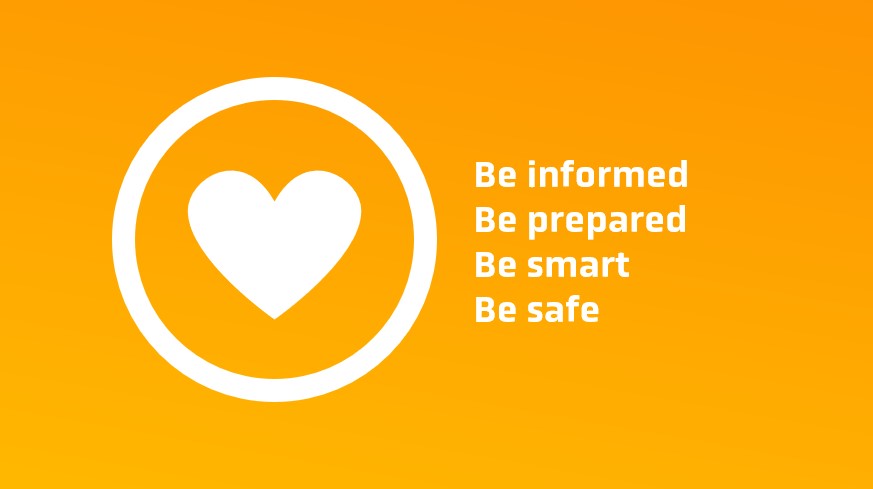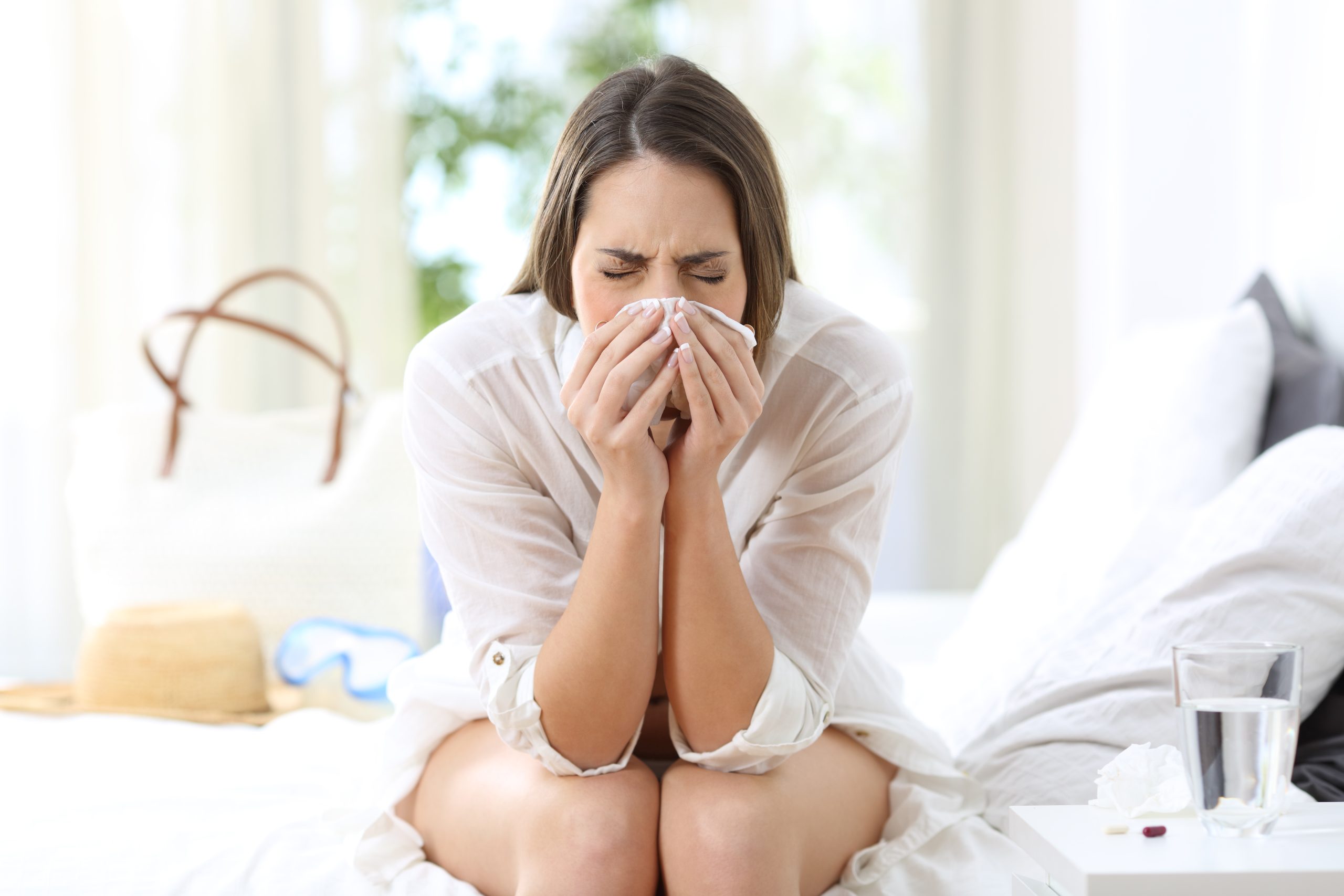Spring is here and at the same time winter is making some last desperate efforts at staying. In Swedish we have the expression April weather to describe this. One day sun and warm weather, the next snowstorm. And some days we even get to enjoy all the weather types during the same day. So we are in a difficult period. Spring means pollen season, and cold wintery weather, which leads to more indoor activities and the risk of spreading virus.
Pollen season
Itching eyes, runny noses and wheezing breathing. “The pollen season 2021 has started very early, and researchers are warning that this season will be difficult also for people who don’t suffer from allergies.” Similar headlines are found in Swedish media right now. And in fact, 30% of Sweden’s population suffers from pollen allergy with eye and respiratory problems. 1
The most common pollen allergy is to birch and grass, but the pollen season can be divided into three periods. The first period starts in the spring, when the deciduous trees are in bloom, then comes summer with grass pollen, and finally the late summer and autumn which is the season for mugwort (Artemisia).
Virus and the risk of infection
A new study indicates that pollen can increase the risk of infection even if you are not allergic to pollen. – If there is a lot of pollen in the air, it lowers the body’s protection against new viruses, says Åslög Dahl, researcher at the University of Gothenburg and co-author of the study. She explains that when we get pollen on the mucous membranes, the body does not react as usual: – The neurotransmitters that trigger our immune system do not start with full force then, says Åslög Dahl. It may even be the case that the mucous membrane does not recognize the virus and therefore does not start any defense against it at all. This leads to us becoming more sensitive to viruses and the risk of infection increases. The researchers also believe that the symptoms you get if you become infected are made more severe by pollen.
– It is important to be aware that the risk of infections increases at high pollen levels. And that applies to all of us, even if people with allergies are even more sensitive. ”
Åslög Dahl’s advice is that we should keep track of pollen levels and if possible stay indoors when it is at its worst. If the levels are high, you should also avoid exerting yourself physically. It is also important to take the usual precautions against virus infection – good hand hygiene, keep your distance from other people and avoid crowds when it is at its worst. 2
Why keeping distance is important
Since the outbreak of the pandemic, we have become very aware of keeping distance to reduce the risk of infecting others and becoming infected ourselves. Did you know that 50 times more particles are spread when we sing or scream than when we are silent? And 10 times more when we talk than when we are silent. We would like to share an illustration that clearly shows why keeping distance is so important.
Finally – some tips for you with pollen allergy
Get a pollen net for the window if you want to ventilate. Or open the windows at night after it has rained. Keep the windows closed during the day.
Get an air purifier for the bedroom if the ventilation device for the supply air does not have a filter (eg recommended by Asthma Allergy Nordic).
Change clothes when you have been outdoors.
Change the sheets often and rinse the pollen from the hair before going to bed.
Do not hang clothes or bedding to dry outdoors.
Avoid contact with pets that have been outside and may have pollen in their fur. Brush or rinse the fur after the animal has been outside.
Feel free to wet dry the floors often and wipe surfaces extra often.
Choose a vacuum cleaner with a good filter (eg recommended by Asthma Allergy Nordic).
Choose plants that do not emit pollen.
Avoid being on a freshly mowed lawn, and mow the lawn when it is dewy.
Rinse your nose with water to wash away pollen that is stuck in the nasal passages. There is also nasal spray with saline solution to buy at your pharmacy.
Take a look at the pollen forecasts on sites like https://www.polleninfo.org/country-choose.html , https://pollenrapporten.se, https://pollen.com to see when the levels are at their highest.
Source: Asthma & Allergy Association
Are you interested in reading more about spread of infection we have other posts on that theme. You can find them here:
https://careforindoorair.blog/english/minimizing-the-spread-of-virus-indoors/
https://careforindoorair.blog/lets-learn-from-real-corona-outbreaks/
Take care out there! And remember:

Sources
1) Astma & Allergiförbundet, https://astmaoallergiforbundet.se/information-rad/allergi/pollenallergi/


